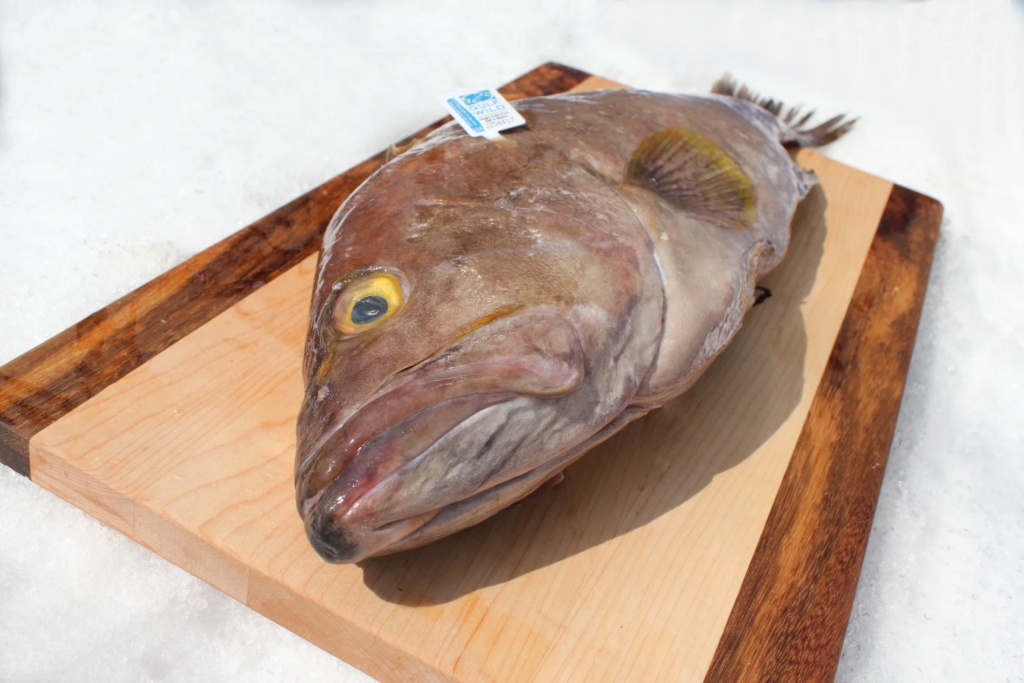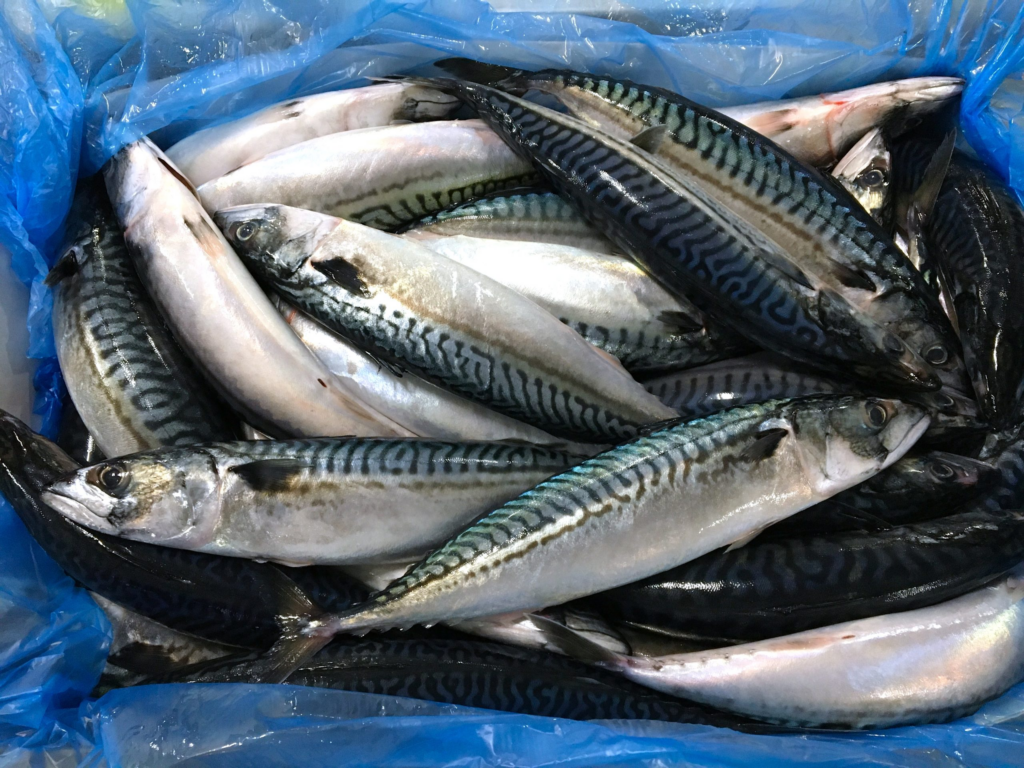14. Grouper

Grouper has moderately high mercury levels and is vulnerable to overfishing [7]. It is also often the target for seafood fraud. The “grouper” that is for sale is may actually be a cheaper form of fish that is being mislabeled. One study found that up to 87% of seafood like grouper, cod, and snapper may be mislabeled [14].
Read More: Mom shares warning after son, 9, dies of carbon monoxide poisoning on lake trip
A Note on The Role of Selenium in Mercury Toxicity

If you love fish but you are concerned about mercury toxicity, there is some good news for you- many of the fish that people routinely eat are high in selenium, which may play a role in preventing the absorption of excessive mercury [15]. Still, there is a caveat. This does not mean that you can eat as many high-mercury fish as you want. However, if you do choose to eat some fish that have a higher content of the heavy metal occasionally, co-consuming enough selenium may help to negate negative effects.
The core message here is this: If you’re eating high selenium fish that is low to moderately high in mercury, the overall risk is lower. If you’re consuming fish that is high in mercury but low in selenium (i.e. shark), it’s best to avoid or to consume very rarely.
Fish To Eat More Of

This does not mean you have to give up fish altogether, but it highlights the importance of reading labels and knowing where your fish is coming from. Wild-caught Alaskan salmon, Pacific Sardines, and Atlantic mackerel are all high in omega-3s, as well as several other nutrients, and have less of a negative impact on the environment. Other good choices include Albacore tuna that was caught in the US or Canada, Alaska Cod, Arctic Char, Rainbow Trout, among others. The EDF Seafood Selector provides a comprehensive list of the best seafood and fish to eat, including where it should come from and how it should be produced.
see continuation on next page
